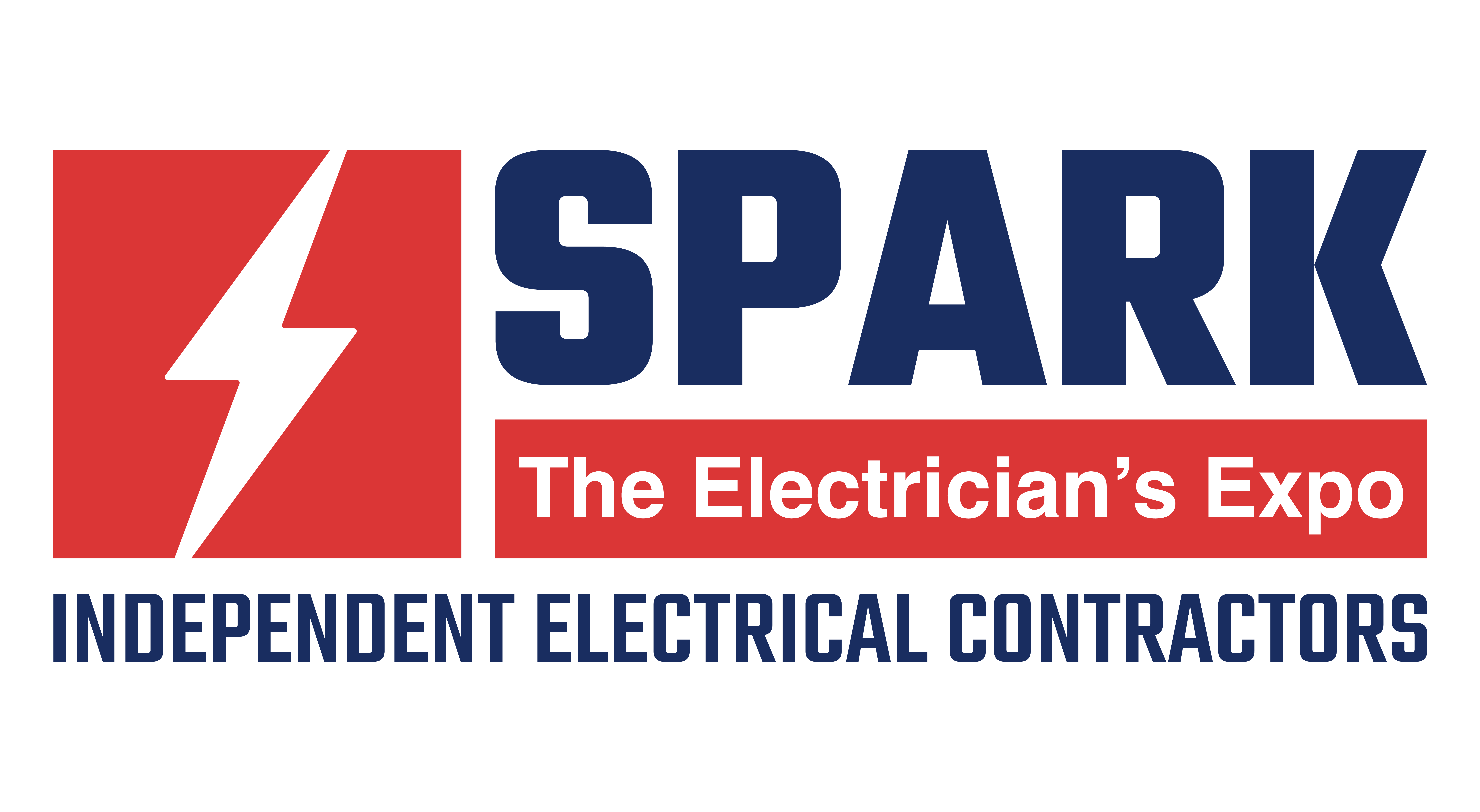Speaker Snapshot
Martin Martinez: Prefabricated Solutions for All

He plans to provide the information necessary for electrical contractors to make those decisions on prefab at his SPARK session, Wednesday, October 18, in Dallas. Based on his 30 years of experience, he plans to address prefab almost like college courses — the 101, 201, 301, and 401 of prefab — and concentrate on what attendees wish to hear. Broadly speaking, Martin breaks the courses down as follows:
101: Describe the benefits of prefab to contractors not familiar with how prefab works, have never used prefab in their business, and really like doing things the traditional way.
201: Contractors understand the value prefab but may not have the capital, experience, or resources to properly implement — maybe I need a partner who can help me identify the opportunities for my company and then I can make decisions about how to move forward.
301: Contractors see the value of prefab, have done prefab, but maybe struggle with execution. Managing parts and pieces inbound and outbound, having the right material when you need it to keep the machine rolling, necessary tooling, logistics, space to work and stage/store. Martin says it becomes a mantra of why build it when you can buy it. If I can get the same product for the same price or maybe even cheaper, why not buy it and allocate my manpower elsewhere.
401: Typically large and / or regional and national contractors who are already investing heavily in prefab facilities and process to find ways to be more efficient, lean, and mean. Who are the channel partners that complement their efforts with vendor managed inventory (VMI), overflow, and other capabilities?
Martin says there is an opportunity to enhance prefab all levels of contractors. Traditionally utilizing prefab electrical assemblies were best fit for projects where there was a lot of repetitiveness.
“Hotels are a great example where you may have eight to ten room types that are all relatively the same,” he says. “Determine how many types of assemblies go into each of those room types and then standardize on buying — or building offsite — the assemblies.”
That way, Martin says, instead of taking your more experienced electrician’s time in the field to put together each assembly, you deliver pre-built assemblies to the job site and the electrician installs them in a timelier manner and more safely.
Today prefab has expanded to building entire rooms or even building offsite, so possibilities are many.

How Best to Do Prefab
“Over the last 10 to 15 years, we’ve seen a number of manufacturers offer catalogued prefab items you can buy for delivery to your warehouse,” Martin says. “Order by SKU number, pay the transportation costs, and await delivery. It’s a good method, but many contractors have experienced trouble with supply chain issues that affect their expected delivery.”
An option to ordering prefab items from a manufacturer is to buy the components and prebuild the assemblies yourself using your apprentices and electricians. Assembly is done in a controlled environment or a parking garage on site and then delivered to the job site or work area. This requires “some real estate and transportation means” says Martin, and many contractors that can make that investment in additional warehouse space choose this route.
Another option is to use a distributor that has an internal prefabrication department such as Crawford Electric which utilizes licensed electricians and apprentices to build the assemblies. The solutions team is managed by a master electrician, John Barbour, with significant prefab experience. He also constantly studies new products, material management, workflow, manpower, and built one of the first preconstruction departments for a commercial contractor in Texas that included CAD/BIM, estimating, project management, and prefab under one umbrella. Martin says it’s important that electricians do the work as they know the code, get how the installations are being done, and understand the drawings and specifications. They also ensure quality control with consistency and quality checks documented at each step of the process. Prefab is more than just building assemblies.
“Attendees of my SPARK session should take away that there really is a prefab solution for every scope and level of investment,” Martin says. “Some companies used to think they were too small to effectively go prefab, but the number of employees at a company really doesn’t discount prefab. There is likely time savings or dollar savings at all levels.”
To support attendees who require more application information than he can provide in his session, Martin says he’ll have two colleagues on hand for attendee questions. One is John Barbour mentioned earlier. In addition to his primary responsibilities, John helps contractors and other distributors set up their prefab facilities throughout the country. The second is Dustin Chatham who is also a licensed electrician. He handles all material take offs, assembly design, and quoting for the pre-fab team. He has 15 years of field experience in every role from superintendent to QC inspections for some of largest contractors in the state.

Martin understands that contactors don’t lose money based on material; it’s all about labor and downtime.
“Materials are budgeted items; using prefab drives labor cost savings, risk mitigation, the ability to meet schedules, and option to allocate more skilled labor to tougher assignments,” he says. “There’s a lot of win-win to go with that. With all the recent supply chain concerns when a contractor bids the job saying they’re going to preorder items to be delivered to the jobsite, using prefab almost becomes a selling point for winning contracts.”
How to Choose a Prefab Partner:
Whether you are looking to obtain prefabricated materials from a manufacturer or a distributor, Martin recommends asking them these questions:
1. What level of investment has your company made to prefab?
2. What is the extent of your product lines?
3. Ask to see examples of finished products.
4. Who is doing the build — licensed electricians or warehouse workers?


